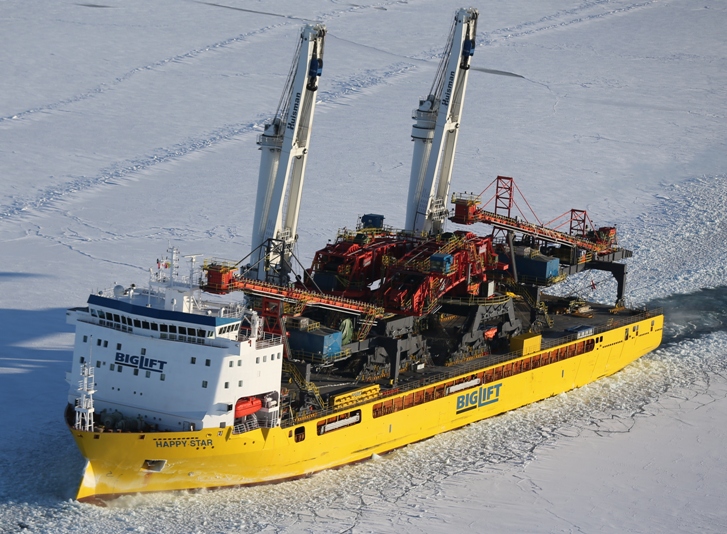
According to a new market research “Marine Propellers Market by Number of Blades (3, 4, 5), Type (Controllable Pitch Propeller and Fixed Pitch Propeller), Application (Ship-Defense and Merchant, Boat-Inboard Engine and Outboard Engine, Underwater Vehicles-Submarine and Unmanned), Material (Aluminum, Bronze and Stainless Steel) – Global Forecasts, Trends & Analysis to 2014 – 2020”, the marine propeller market is estimated to be valued $3.67 Billion by the end of 2015. It is projected grow to $5.94 Billion by 2020 at a CAGR of 10.07%. The key challenge faced by the marine propeller market is that the life cycle of a propeller is fairly high and hence replacement occurs after considerable amount of time.
Continue reading “Marine propeller market worth $5.94 billion by 2020 says research”










